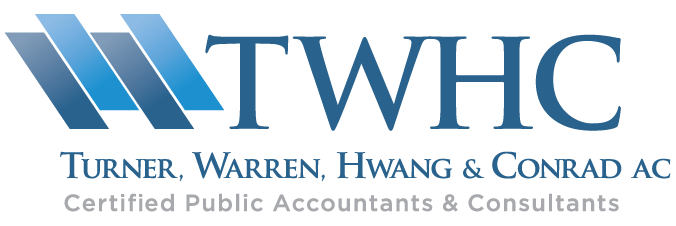Your business can attract and retain employees by providing education benefits that enable team members to improve their skills and gain additional knowledge, all on a tax-advantaged basis. Here’s a closer look at some education benefits options.
Educational Assistance Program
One popular fringe benefit that an employer can offer is an educational assistance program that allows employees to continue learning, and perhaps earn a degree, with financial help from the employer. An employee can receive, on a tax-free basis, up to $5,250 each year under a “qualified educational assistance program.”
For this purpose, “education” means any form of instruction or training that improves or develops an individual’s capabilities. It doesn’t matter if it’s job-related or part of a degree program. This includes employer-provided education assistance for graduate-level courses, as well as courses normally taken by individuals pursuing programs leading to a business, medical, law, or other advanced academic or professional degree.
The educational assistance must be provided under a separate written plan that’s publicized to your employees and meets specific conditions. A plan can’t discriminate in favor of highly compensated employees.
In addition, not more than 5% of the amounts paid or incurred by the employer for educational assistance during the year may be provided for individuals (including their spouses or dependents) who own 5% or more of the business.
No deduction or credit can be claimed by an employee for any amount excluded from the employee’s income as an education assistance benefit.
If you pay more than $5,250 for educational benefits for an employee during the year, that excess amount must be included in the employee’s wages and the employee must generally pay tax on it.
Job-Related Education
In addition to, or instead of applying, the $5,250 exclusion, an employer can fund an employee’s educational expenses on a nontaxable basis if the educational assistance is job-related. To qualify as job-related, the educational assistance must:
- Maintain or improve skills required for the employee’s then-current job, or
- Comply with certain express employer-imposed conditions for continued employment.
“Job-related” employer educational assistance isn’t subject to a dollar limit. To be job-related, the education can’t qualify the employee to meet the minimum educational requirements for his or her employment or other trade or business.
Educational assistance benefits meeting the above “job-related” rules are excludable from employees’ income as working condition fringe benefits.
Assistance with Student Loans
Some employers also offer student loan repayment assistance as a recruitment and retention tool. Starting in 2024, employers can help more.
Under the SECURE 2.0 Act, an employer will be able to make matching contributions to 401(k) and certain other retirement plans with respect to “qualified student loan payments.’ The result of this provision is that employees who can’t afford to save money for retirement because they’re repaying student loan debt can still receive matching contributions from their employers.
Tax-Smart Employee Attraction and Retention
In today’s competitive job market, providing education-related assistance can make a difference in attracting and retaining the best employees. Structured properly, these plans can also save taxes for both your business and your employees.





